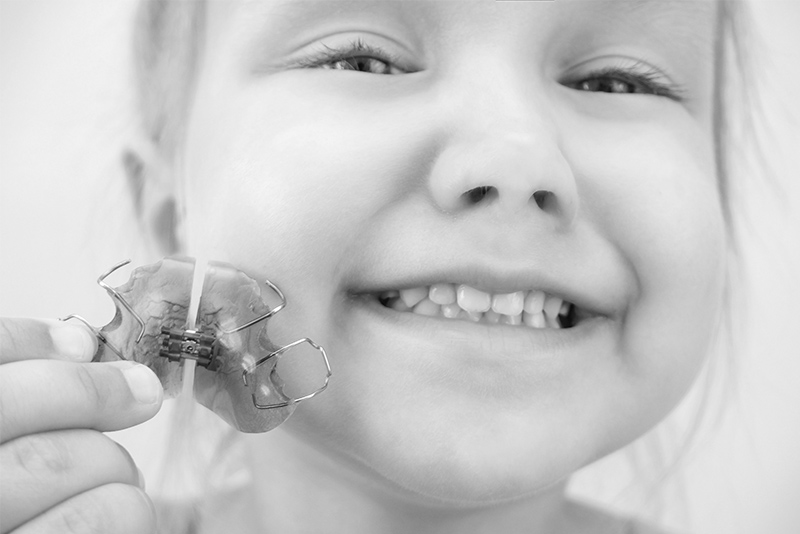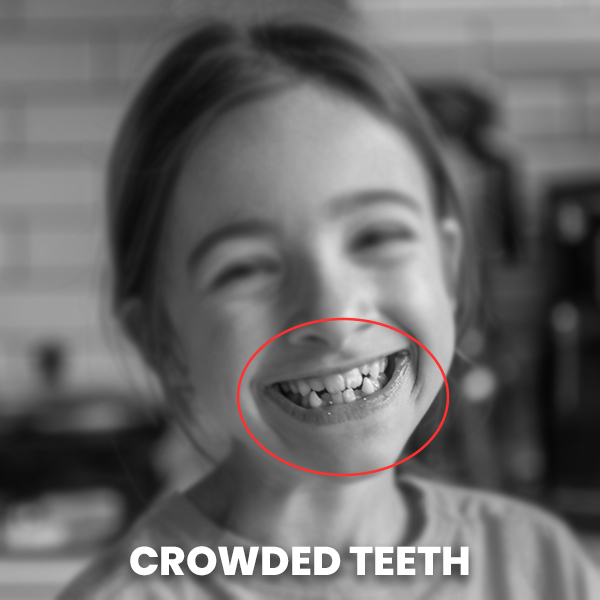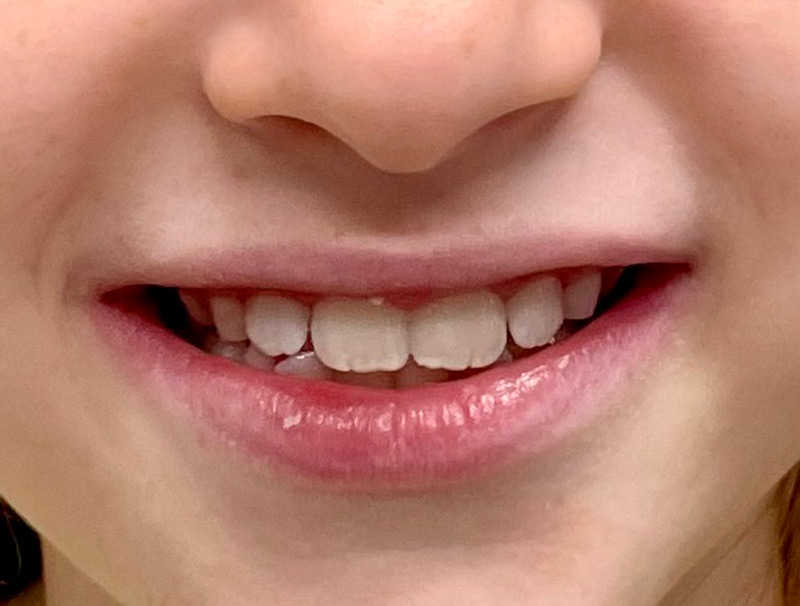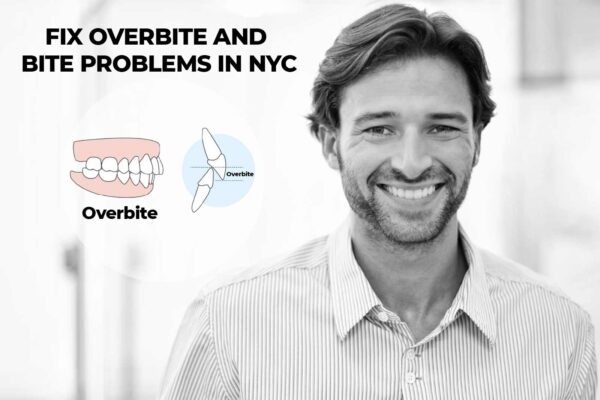Why Do Children Have Crowded Teeth?

Why Do Children Have Crowded Teeth? Top NY Orthodontist Explains Causes and Treatment Options
As a parent, noticing that your child’s teeth are growing without enough space can be concerning. Crowded teeth don’t just affect your child’s smile – they can also lead to bigger issues with their bite, breathing, and overall dental health.
I’m Dr. Choi, and I work with children every day who are showing signs of dental crowding. The good news is: early treatment can make a big difference. Let’s walk through why crowding happens, why it matters, and how we treat it – gently and effectively – with a Rapid Palatal Expander.
What Does It Mean When a Child Has Crowded Teeth?

Dental Crowding in Children
If you’ve noticed your child’s teeth starting to overlap, twist, or come in at odd angles, you’re likely seeing a common issue called dental crowding. This happens when there simply isn’t enough space in your child’s jaw for all their adult teeth to grow in the right way. It usually shows up between the ages of 6 and 12 – especially in the front teeth – and can make their smile look a little uneven or tight.
What Causes Crowded Teeth?
There are several reasons why crowding can occur:
- Small Jaw Size: Sometimes a child’s jaw is simply too small to fit all their adult teeth.
- Genetics: Crowded teeth can run in the family.
- Early Loss of Baby Teeth: If baby teeth fall out too soon, neighboring teeth may drift and block space.
- Mouth Breathing: When a child breathes through their mouth instead of their nose, it can disrupt normal jaw development.
- Habits like Thumb-Sucking: These habits can apply pressure to the jaw, affecting how teeth come in.
Why It’s Important to Treat Crowding Early
- Impacted Teeth: Permanent teeth may not erupt at all if there’s no space.
- Misaligned Bite: A bad bite can lead to jaw pain, uneven tooth wear, and chewing difficulties.
- Higher Risk of Cavities and Gum Disease: Crowded teeth are harder to brush and floss properly.
- Speech Issues: In some cases, crowding can affect how your child speaks.
- Low Self-Esteem: As your child gets older, a crowded smile can impact their confidence.
- Mouth Breathing/Sleep Apnea: Small upper jaw is often related to constricted airway, which prevents ideal breathing and sleep
The earlier we guide proper jaw growth, the easier – and less invasive – treatment can be.
One of the most effective tools we use to treat crowded teeth in children is the Rapid Palatal Expander (RPE).

The RPE is an orthodontic appliance placed in the upper part of the mouth (palate). It works by applying gentle, consistent pressure to widen the upper jaw. This widening creates the space needed for permanent teeth to come in correctly – without extractions or braces right away.
When Should Your Child Start Early Treatment?
If your child is between 6 and 7 years old and shows signs of dental crowding, it’s the perfect time to schedule a consultation. At this age, the bones are still developing, which makes treatment with an expander more effective and comfortable.
Rapid Palatal Expander
Helps Fix Small Upper Jaw and Crowded Teeth in Children
BEFORE

AFTER

I always tell parents – don’t worry, you’re not alone. Crowded teeth are incredibly common in growing kids, and early treatment can make all the difference. With the right tools, like a Rapid Palatal Expander, we can gently guide your child’s jaw and teeth into a healthier position. The goal is not just a straighter smile, but a healthier one too.
If you’re starting to see signs of crowding in your child’s smile – maybe some overlapping or crooked teeth – this is the perfect time to take a closer look.
I always encourage parents to come in early. We can answer your questions, ease any worries you have, and create a plan that helps your child feel confident and comfortable every step of the way.




